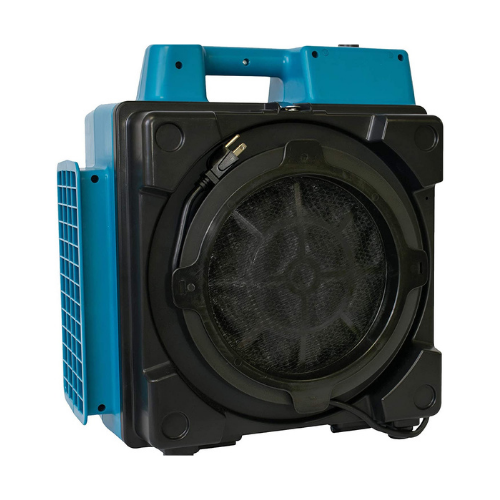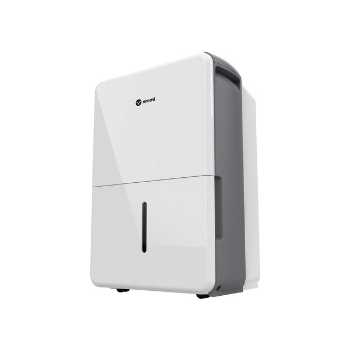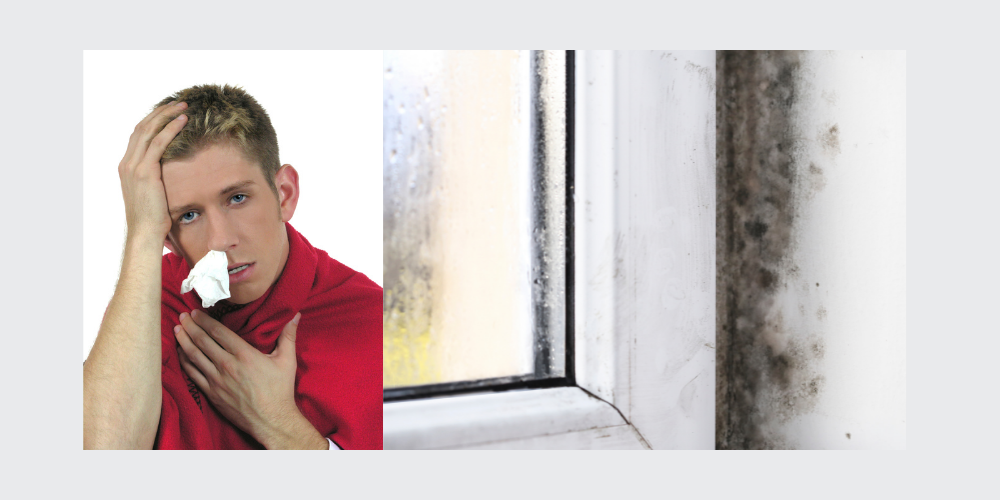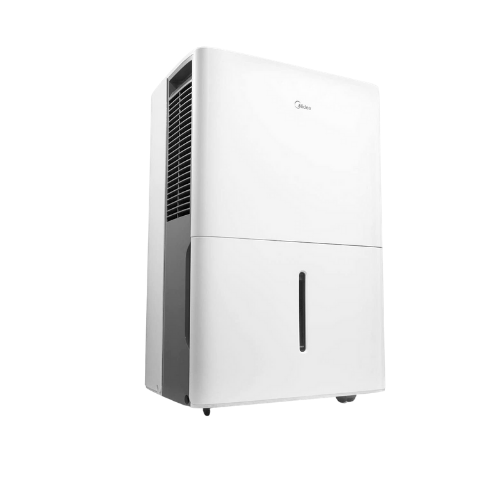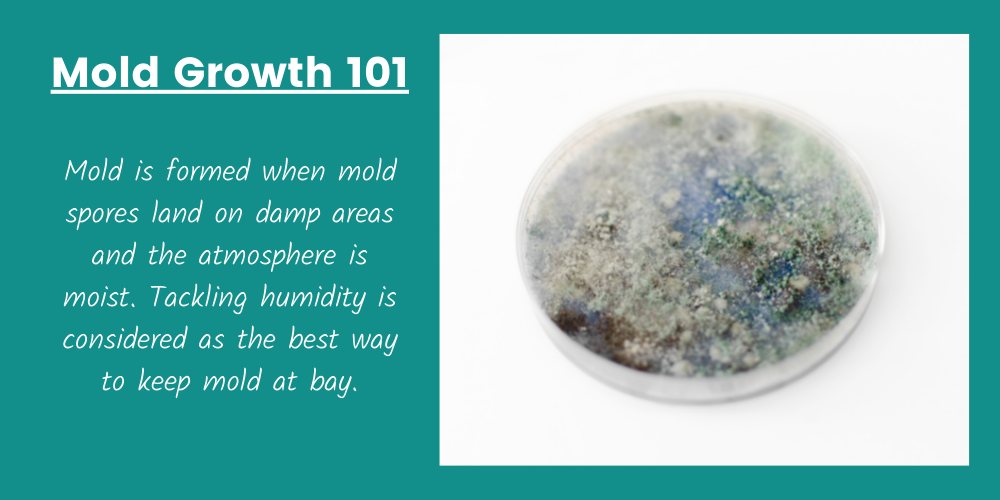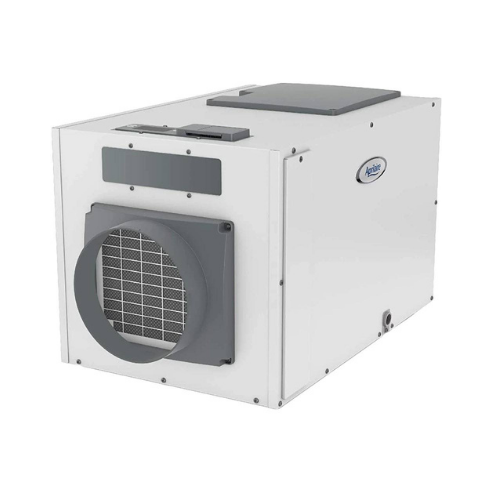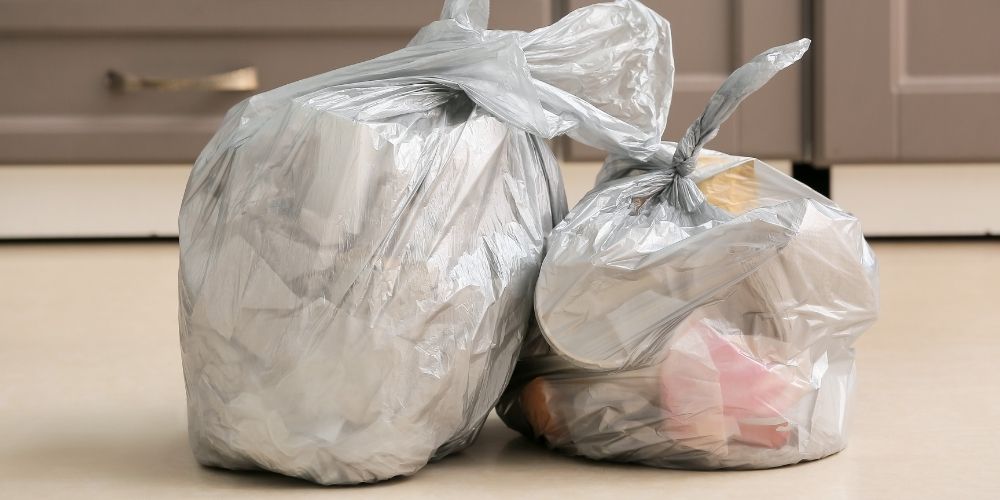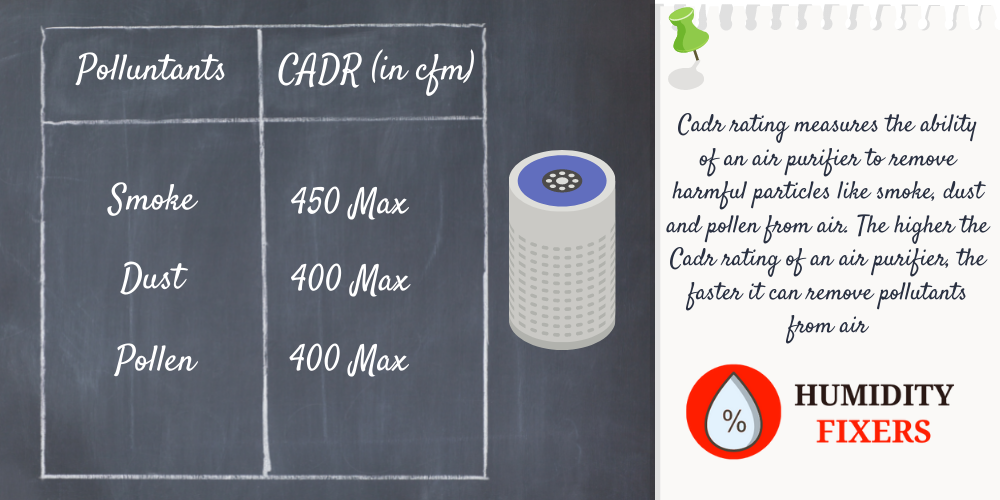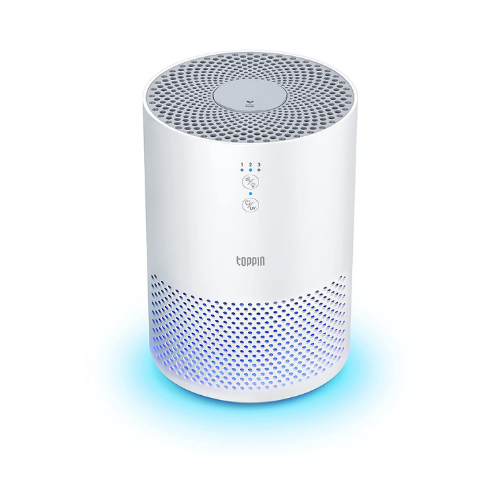Air scrubber vs air purifier
The arrival of the pandemic brought a complete paradigm shift in the way we live. We began spending more time indoors, and there was increased concern over the indoor air quality. The sales of air purifiers and air scrubbers reached an all-time high during this period, with people striving to choose the model that most suited their needs.
Both air purifiers and air scrubbers serve the purpose of air purification of the immediate environment. Both devices use the principle of ionization to clean the air, eliminating 99% of airborne after a thorough deep cleaning process. And, either choice will work if you are looking to buy a purification system for your home.
The main advantage of an air purifier is that the purification process takes place inside the unit. Pure air is circulated back into the room right after the cycle is completed.
The only downside to owning an air purifier is the maintenance and upkeep. Filters will need to be cleaned often or replaced. Replacing filters can be an expensive proposition.
On the other hand, the air scrubber does not have any components that need regular replacement. Once it’s set up – it’s good to go. The drawback here is that the cleansing process takes place outside the unit.
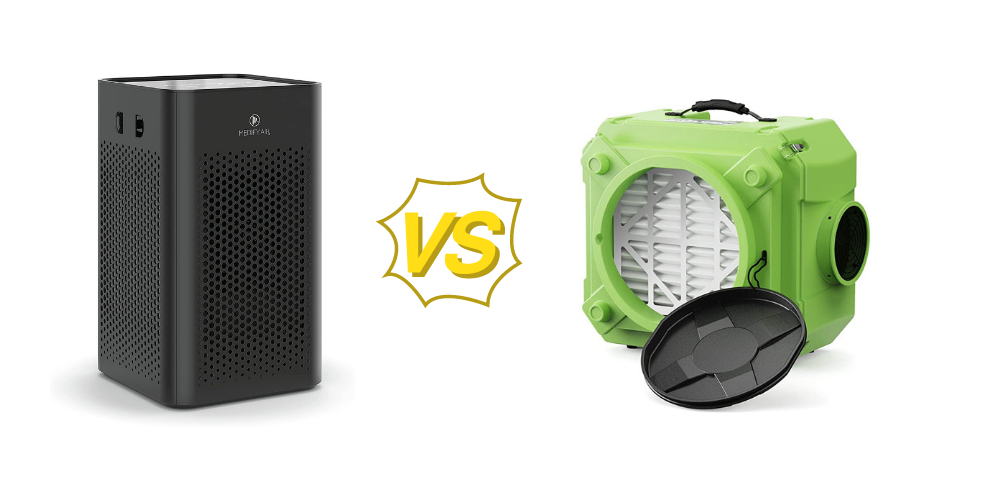
However, the air scrubber has the advantage of releasing negative ions that attach themselves onto impure particles in the air and on surfaces (like countertops, doorknobs, light switches, etc.), making them heavier and dropping to the ground eventually. An air purifier can only rid the air of impurities and pollutants.
And, because these different air purification systems are so similar, we likely end up using terms like “air purifier” and “air scrubber” interchangeably. This article hopes to provide clarity on how they differ, in detail.
How do air scrubbers work?
An industrial air purification system that removes chemicals, gasses, and toxic particles from the air is known as an air scrubber. The word ‘scrubber’ comes from using a liquid to wash off pollutants from the air.
Air scrubbers are most often used for commercial applications, but some households can benefit from them, too.
Scrubbers are either wet or dry. A wet scrubber uses an air cleaning method where a liquid is sprayed to clean the air. Water is the most common material that is used in wet scrubbers. Air is sucked in through a damp pad or filter to trap free-floating particles.
On the other hand, dry scrubbers make use of a fabric or mechanical filter to clean the air, like a HEPA or carbon filter.
Air scrubbers generate negative ions, which are sent out into the air. Then, these attach themselves to particulates and pollutants present in the air and surfaces like walls, doors, mirrors, etc.
As a result, smaller particles are caught onto the filter far more easily when passing through the air scrubber filter.
When should you use an air scrubber?
Air scrubbers are proven to be of great use in the following situations:
- Any member of your household suffers from allergies
- If your house smells of cooked food, pets, cigarette smoke, or generally has a musty odor
- You want to reduce pet dander, dust, mold, or pollen in the air and improve indoor air quality.
- You want to reduce up to 99% of harmful contaminants on kitchen and bathroom surfaces
- You have someone with deficient immunity at home and can’t afford for them to fall sick
Units for home use can either be purchased as standalone systems or installed as part of an existing HVAC system.
How do air purifiers work?
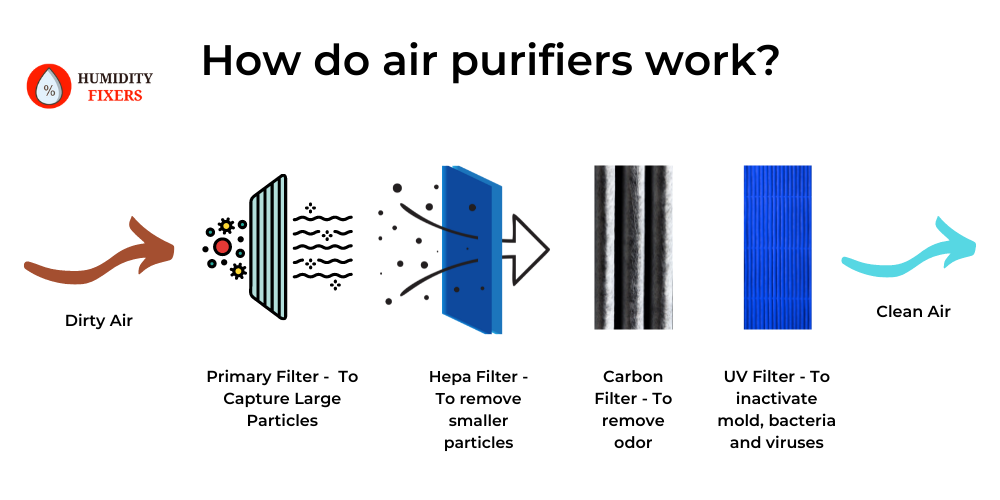
Air purifiers can be portable devices used to clean the air inside a residential space by capturing and killing contaminants within the air purifier. Most air purifiers come with a True HEPA filter that filters out small particles, viruses, and bacteria, removing close to 99.9% of the pollutants.
When the air purifier is installed as part of an existing HVAC system, the HEPA filtration process cleans the air off all harmful particles before the fresh air is circulated back into the room.
Ionic air purifiers or ionizers blow out negatively charged ions into the air. These negative ions then attach themselves to toxic particles present in the room, making them heavy and eventually causing them to fall down to the ground. They finally need to be vacuumed off the floor.
Other air purifiers use activated carbon filters, which are great for removing odors, and some come equipped with UV light filters that help kill germs and viruses.
The air purification process takes place within the air purifier itself. These air purifiers come equipped with a fan that forces air through different filters, thereby trapping all pollutants inside the unit.
However, filters will need to be cleaned or changed from time to time, depending on usage.
When should you use an air purifier?
Air purifiers are great for household use. They are perfect for cleaning the air within small spaces. If you have someone suffering from a respiratory condition like allergies and asthma, an air purifier is a perfect choice as it will help purify the air and give you fresh air to breathe.
Best Air Scrubber in 2022
After an intense round of testing and in-depth research, we concluded that the best air scrubber for 2022 is undoubtedly the XPOWER X-2580 Professional 4-Stage HEPA Mini Air Scrubber with Activated Carbon Filter. This small but mighty unit is capable of achieving professional-grade air purification. It is small and compact and can be moved into different rooms.
Pros:
- There is a four-stage commercial purification process.
- It has proven to improve indoor air quality with high-performing air filters that remove impurities and trap smaller particles.
- It is equipped with a commercial-grade ½ HP motor that produces up to 550 CFM while drawing only 2.8 amps at the highest setting.
- It is equipped with five adjustable speed options for noise sensitivity depending on the environment and user needs.
- These portable air scrubbers can be moved around easily.
- They are great for commercial and industrial use
Cons:
- Filters will need to be replaced.
- It could be expensive to replace filters frequently.
- It can be a bit noisy and will require regular service and upkeep.
However, all household appliances require regular maintenance to ensure their longevity. While the above unit may be more common in commercial buildings, it can serve its function in a home, too.
FAQ Section
1. What is a Negative Air Machine?
A negative air machine creates negative pressure within a room, and the air flows into the room and gets contained there. The primary purpose is to prevent contaminated air from escaping into a particular space.
Negative air machines work on the principle that air naturally flows from areas with higher pressure to areas with lower pressure.
2. Do air scrubbers work on mold?
If removing mold is your primary objective, you will need to purchase an air scrubber that comes fitted with a true HEPA filter, and the unit can produce enough airflow.
3. Are air purifiers actually good for you?
Yes, air purifiers are great for residential use and do a great job of air purification in small and large spaces. Air purifiers fitted with True HEPA filters, activated carbon filters, or UV light filters can remove dust, pet dander, mold spores. They can also kill viruses and bacteria and leave your space close to 99.9% clean.
4. Do air scrubbers produce ozone?
The primary purpose of air scrubbers is to clean air and remove toxins and pollutants in the environment without generating ozone. Air scrubbers make use of a single filter or a set of filters, which trap the pollutants and particulates. There is no generation of ozone in this process.
5. Can air purifiers remove viruses?
Yes, air purifiers fitted with True HEPA filters and UV light filters are known to kill viruses that are 0.1 microns in size. They work just as well in eliminating air contaminants such as dust mites, and mold.
Wrapping Up
If your end goal is to find a device that works as an air cleaner, the air scrubber may be the way to go. We have already done our due diligence, weighed the pros and cons, followed by an in-depth study to identify the best air scrubber of 2022 is the XPOWER X-2580 Professional 4-Stage HEPA Mini Air Scrubber with Activated Carbon Filter.

About The Author
Olivia — a self-confessed air quality addict — is a home climate enthusiast, fresh air advocate, and someone with deep personal experience and knowledge about mold extermination. Her work was mentioned in countless notable humidity publications. Previously she was an editor at Mold Remediation.
